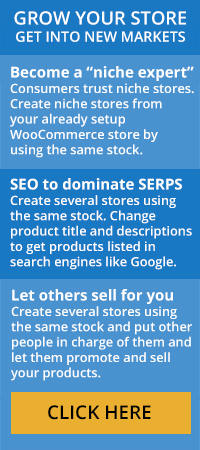Making a sale is less about convincing somebody to buy your product and more about building a relationship with the potential customer. The greatest tool that you have is not discounts or coupons, but rather the ability to connect on an emotional level with that person and get them invested in what you have to offer. Emotional triggers help you boost customer interest and improve the odds of converting traffic into sales. Here’s how you can incorporate them into your marketing strategy.
Use Emotional Language
Certain words create emotional reactions, and you need to use those words more frequently in any copy you produce for your website. In general, try to write in a relatively conversational matter, using words that most customers would use in their day to day lives. This means cutting down on rarely used formal words and simplifying your language a bit. For example, “difficult” can become “hard,” “immediately” can become “right now,” and “superior” can become “better.” When creating content for your store, read that content out loud. If it doesn’t seem like something somebody would say in normal conversation, you might not be using language that is emotional enough.
Use Power Words
Words have power, and the language you use can create a sale where a customer might normally just pass you by. Power words represent words with strong emotional ties that get a response from the reader right away. “You” is a good example, since it makes a person feel as though you are talking to them directly. Other power words include “new,” “love,” “save,” “discover,” “guarantee,” and “results.” Each of these words gets a customer’s attention and makes them feel excited, prompting them to read more. Use these words whenever appropriate, especially when you craft a page title or product description.
Create a Sense of Belonging
One of the basic truths of human nature is that people like to belong to larger groups. Whether this means a family, a club, or just a social network, any advertising that provides that sense of belonging can be an effective motivator. When you make an appeal to emotions in your advertising, focus on what your products mean to your customers and how they influence their sense of community. If you can make your store mean something to your customers as a whole, that means that your brand helps to shape a sense of identity for those people. Using carefully chosen images and a consistent sense of style can help you shape the community image associated with your store, which provides customers with a deeper sense of belonging.
Cater Toward Instant Gratification
Society has conditioned modern consumers to look for instant gratification, so words such as “free,” “now,” and “right away” tend to elicit feelings of happiness in most people. You can cater toward that sense of instant gratification by expressing the urgency of a sale. Does a customer get some sort of special benefit for placing the order now instead of waiting a week? Can they get their package within the next 48 hours? What sort of special offers can they take advantage of if they order within the next 60 minutes? The answers to each of these questions can build a sense of excitement, which causes customers to be more likely to act now instead of waiting until later to complete the transaction.
Prove Yourself a Trusted Source
Linked to both belonging and instant gratification is the notice of trust. Many customers are inherently suspicious of sales situations, especially in an online environment where they can’t speak with a sales clerk face to face. Establishing yourself as a trusted source helps put customers at ease and makes them more comfortable when making purchases from your store. To help establish trust, make sure to respond regularly on social media posts and in any sort of public forum. Remain friendly at all times, and don’t be afraid to share a joke or show some personal quirk in your messaging. Your content marketing also generates a sense of trust. Blog entries and how-to guides can help establish you as an authority, creating an emotional bond with your customers.
The key to using emotional triggers well comes in two important areas. First, you need to be very attentive to your language. By writing like people speak and using power words, you can create an emotional reaction from your readers. Secondly, catering to the essential emotions of belonging, gratification, and trust helps to get a customer invested in your business. Combining these items will provide you with a great deal of success.



